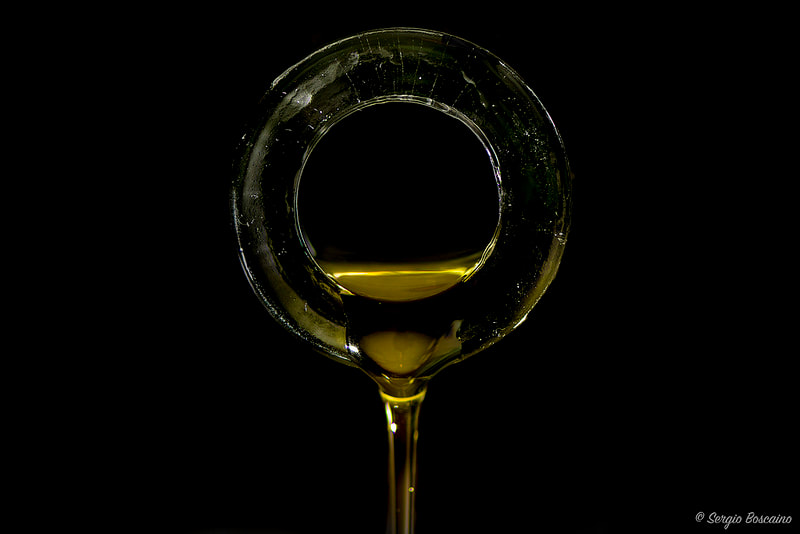|
This is part five out of my eight-part series on DIY Cosmetics For Beginners. In this post we are going to be talking about preservatives, antioxidants, fragrance oils, and essential oils. This is going to be a long post. So, I recommend grabbing a notebook to write some of this down. Preservatives:
Preservatives have a bad reputation for no reason. They are essential for any water-based products or products that will be introduced to water. They are crucial because even in the tiniest amounts of water, bacteria, mold, and yeast can grow. Gross! They also love the pH environment that we are formulating at 5.5. The even more concerning part is that all that stuff can grow within days, without the appearance or the smell being altered. Kind of scary, right? So, there is no way (unless you tested it in a lab) to see if your products have expired. Learn about stability testing in this video: Institute of Personal care Science: Cosmetic Expiry date - Shelf Life - Stability Testing After all this concerning news. What do we do? Well, this is when preservatives come in. These chemicals are blends to prevent or decrease bacteria, mold, fungus, and yeasts from contaminating the product. Preservatives can be either a powder or a liquid. It usually contains more than one ingredient. The reason is that they need to be broad-spectrum coverage, which means that they combat all the types of contaminants that could grow or be introduced. Depending on the preservative, it can be used as low as 0.5% or as high as 3%. It is imperative that you check the supplier that you purchase from and know all the information. Information such as the usage range, the types of products it can be used in, the pH range it can be used in, the temperature it is safe to be added in, and you should always save the SDS sheet. Note that more natural or naturally-derived preservatives are used at higher percentages and can be more irritating than their synthetic counterparts. If you are using Ingredients that are at high risk, then I would recommend getting your product challenge tested if you are a brand. Ingredients that are high risk include natural gums, hydrosols, proteins, clays, and any botanical. If you are a home crafter, I would use preservatives with more data. Let's look at preservatives themselves. There are also several types of preservatives. Here is a list of the five most common types of preservative in cosmetics:
Factors for choosing a preservative:
Here is a list of common preservatives *I have used it*
Work Cited:
There is a misconception that antioxidants preserve products, but they do not. What antioxidants do is they help oils from becoming rancid. Most oils, whether they are organic, natural, or synthetically produced in a lab, will oxidize. Oxidation is a reaction between the oil and oxygen. To prevent this, we add antioxidants. Some examples are:
Additional Sources: Institute of Personal Care Science: Formulating with Vitamin E Fragrance Oils and Essential Oils: Fragrance oils are another controversial ingredient, unfortunately. The reason is that they are produced in a lab. (eye roll) Many people are sensitive to them, which I am not denying. People feel essential oils are ok because they are natural so that they are perfectly fine as a fragrance. But the truth is that you could have the same reaction to essential oils as you do a fragrance oil. Another thing is that people do not understand that essential oil constituent are used in the fragrance industry. I have no problem using fragrance oils. It adds an even bigger range of fragrance to my products. Again, it is what you feel comfortable with. General Advice for Essential Oils and fragrance oils:
Understand that there is so much more to these topics that I can't add it all into one blog post! I know that this is long, but there are lots to cover in it. The next three parts of my series are the best! They are going to be about formulating Oil-based, water-based, and powder based-cosmetics. They will also include formulations! Get excited!  This work is licensed under a Creative Commons Attribution-NonCommercial-ShareAlike 4.0 International License.
0 Comments
Leave a Reply. |
Disclaimer!You are at your own risk when making anything from this blog. I am not liable for any mishaps that may occur. I do my best to include everything in the procedure so, that accident are less likely occur! Archives
June 2024
Categories
All
|

 RSS Feed
RSS Feed